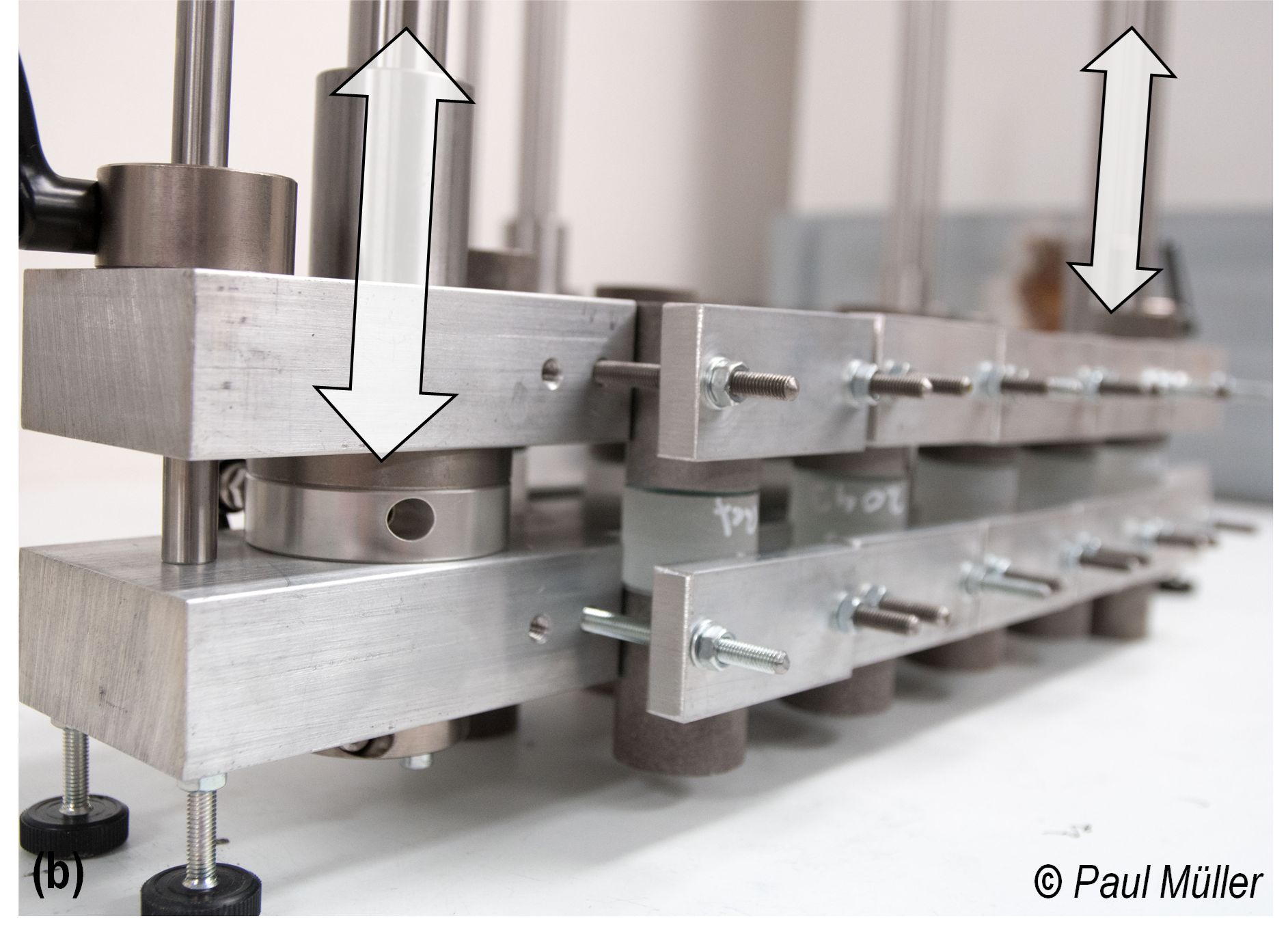Imperfections in Laminated Safety Glass
An Experimental Case Study
DOI:
https://doi.org/10.47982/cgc.9.529Downloads

Abstract
With the continuing architectural trend toward transparent structures, the use of glass in the construction industry has increased significantly in recent years. The characteristic brittle failure behavior of glass is counteracted by the use of Laminated Safety Glass (LSG) in order to meet the safety-related requirements for breakage, post-breakage, and residual load-bearing capacity. For LSG, at least two panes of glass are laminated to form a monolithic composite with a polymer interlayer. During the manufacturing process, geometric imperfections ("planarity deviations" or "roller waves") in the thermally toughened glass can lead to permanent tensile stress in the thickness direction of the laminate. This stress, especially under environmental conditions (humidity and temperature), has not been considered in current quality assurance measures or scientific studies on the structural performance of laminated safety glass. This paper analyzes the performance of PVB composite samples under tensile load in the thickness direction of the laminate. Two PVB products are considered under two environmental conditions. Based on quasi-static tensile tests to determine a primary strength, the influence of load duration is analyzed in creep tests at different load levels. On the one hand, a relevant correlation between load level and failure time could be determined. Firstly, a relevant correlation between load level and failure time was established. Secondly, a relationship between quasi-static strength and creep performance is observed and a model for predicting the failure time of such specimens is proposed.
Published
Issue
Section
Laminated Glass & Interlayer Properties
License
Copyright (c) 2024 Paul Müller, Christian Schuler, Jakob Grötzner , Steffen Dix, Stefan Hiss

This work is licensed under a Creative Commons Attribution 4.0 International License.



